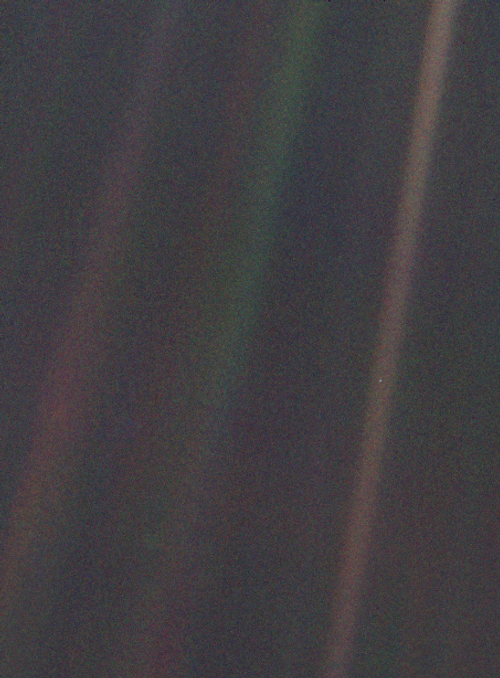Monsoon, The Soul of India
Video by Ankit Bhattacharjee

Snow Storm, Hannibal and his Army Crossing the Alps, J.M.W. Turner, 1812, Tate Britain, London
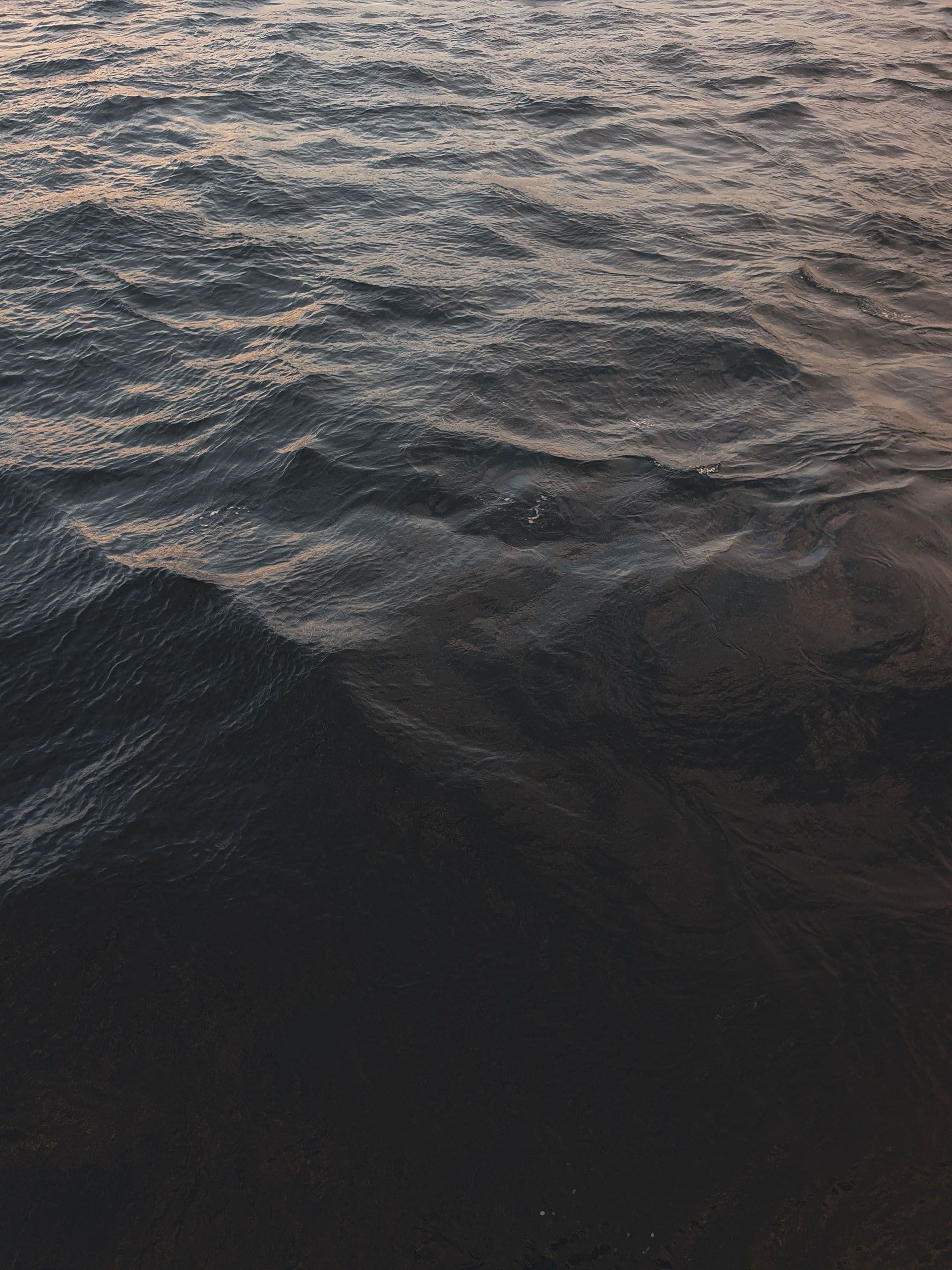
Photo by Kevin Christian
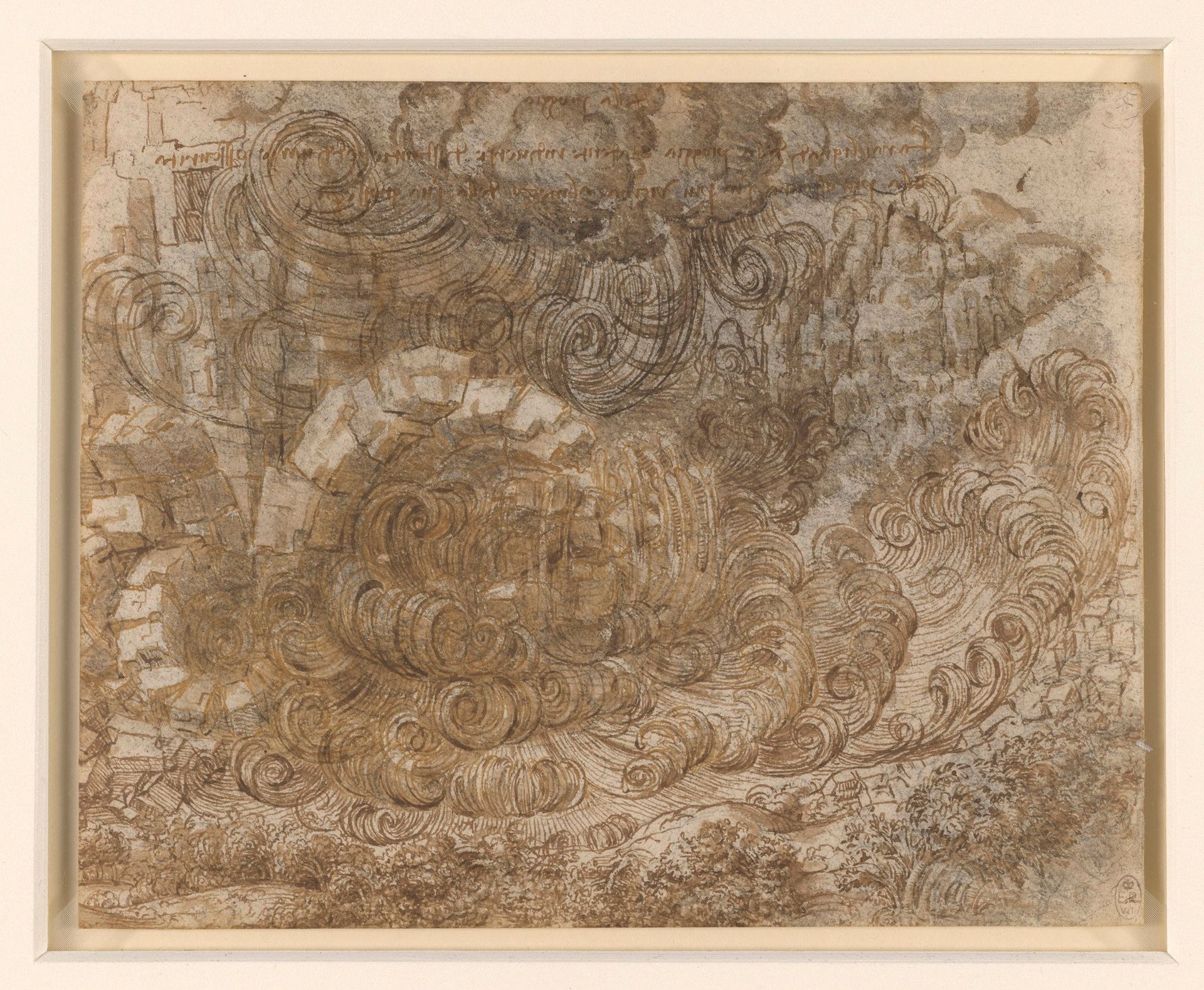
A deluge (1), 1517–1518, Leonardo da Vinci, Royal collection Trust, UK

A deluge (1), 1517–1518, Leonardo da Vinci, Royal collection Trust, UK
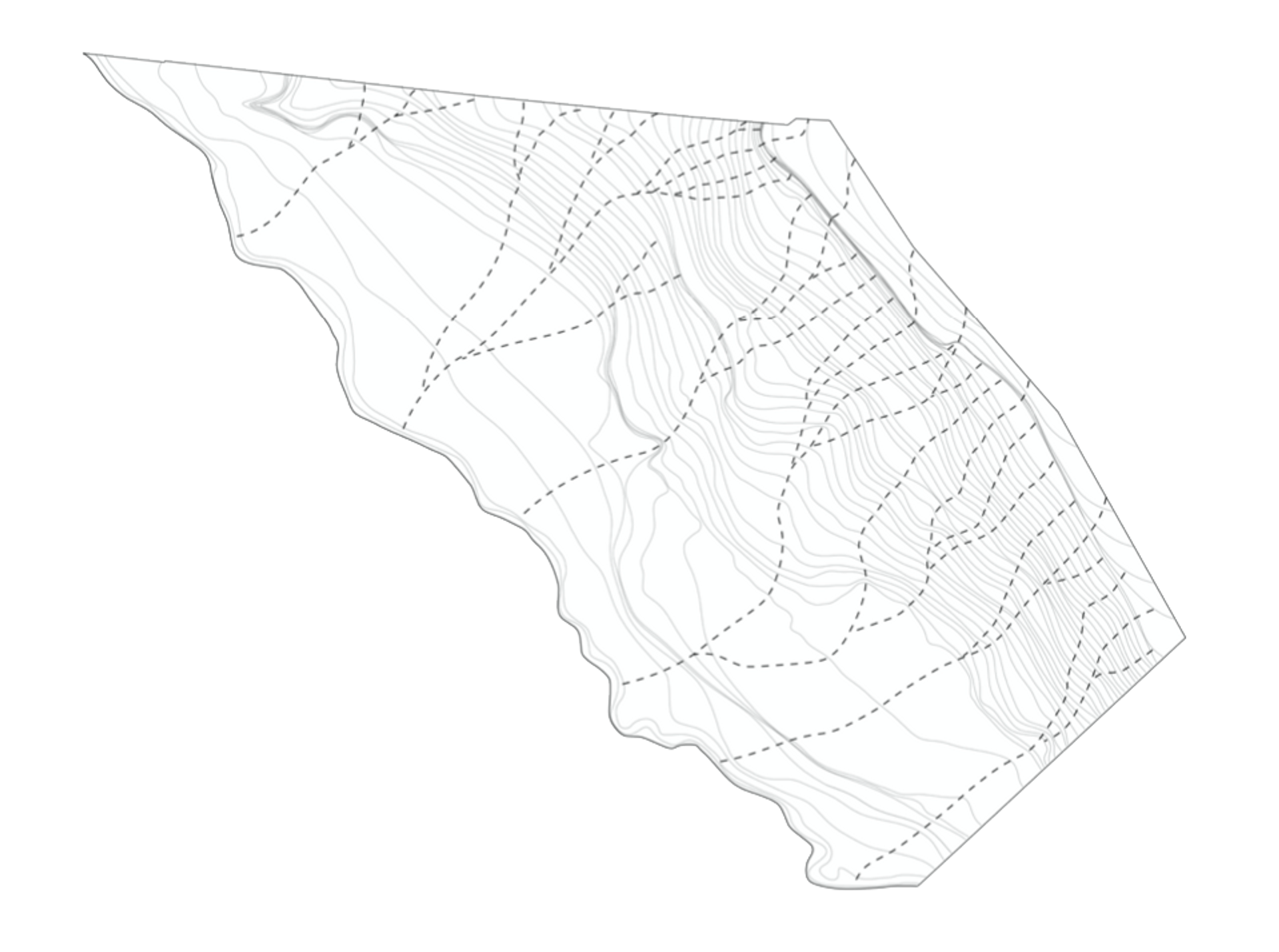
Natural water courses, drawing by MESURA

Studies of water (2), 1510–1512, Leonardo da Vinci, Royal collection Trust
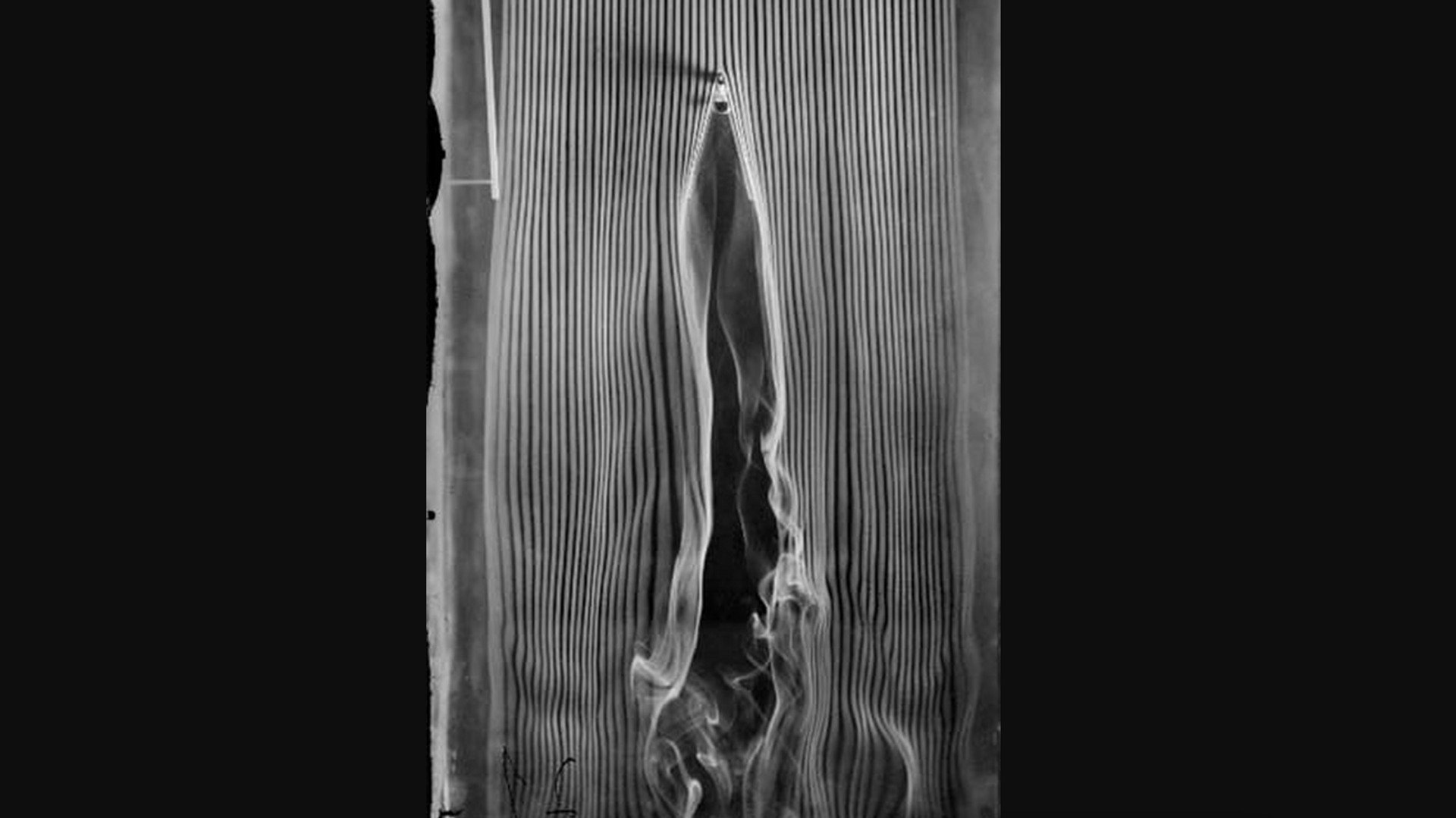
Etienne Jules Marey, quatrième et dernière version de la machine à fumée, équipée de 57 canaux, 1901 Paris, Cinémathèque française
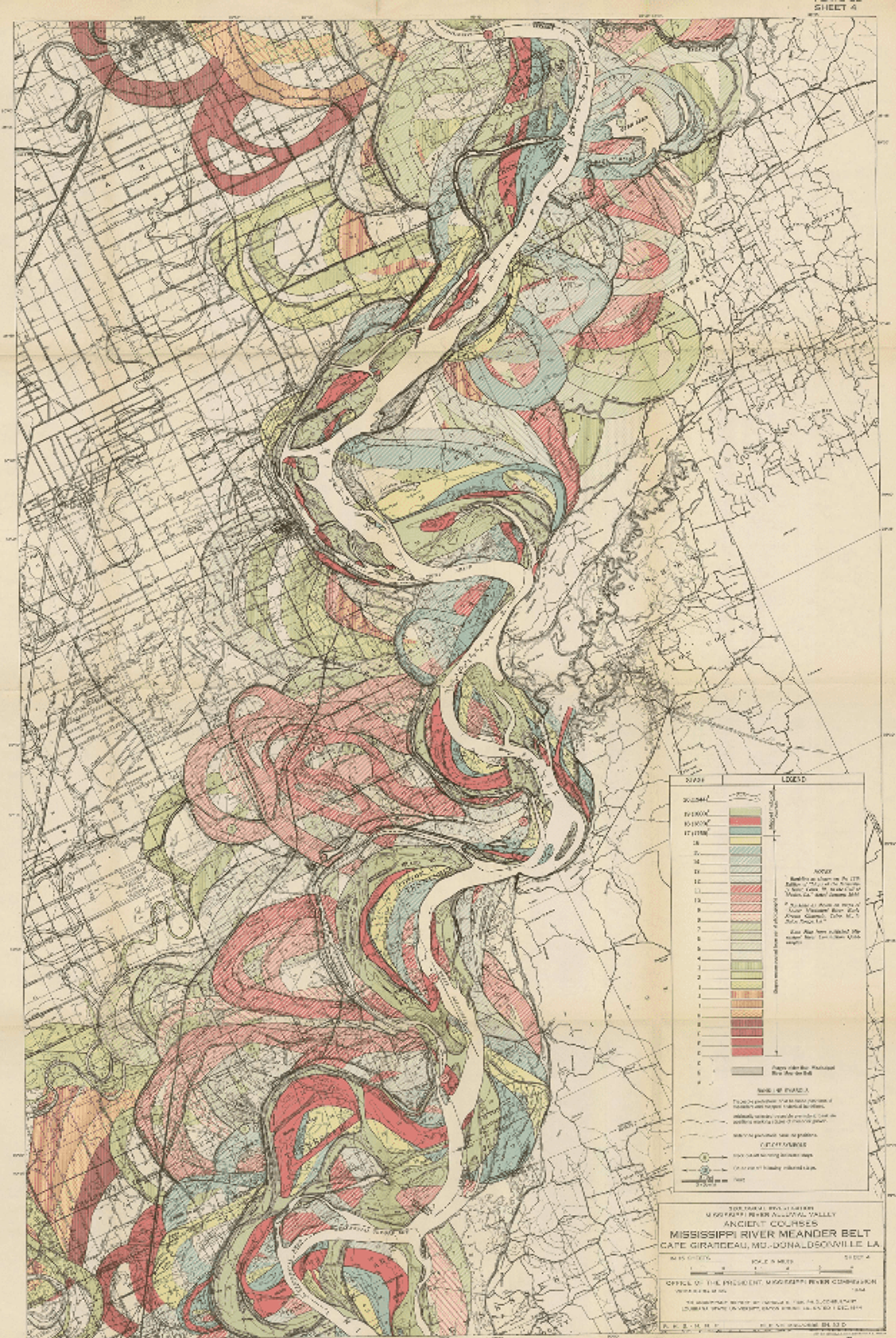
The Mississippi River meander maps designed by Army Corps of Engineers cartographer Harold Fisk
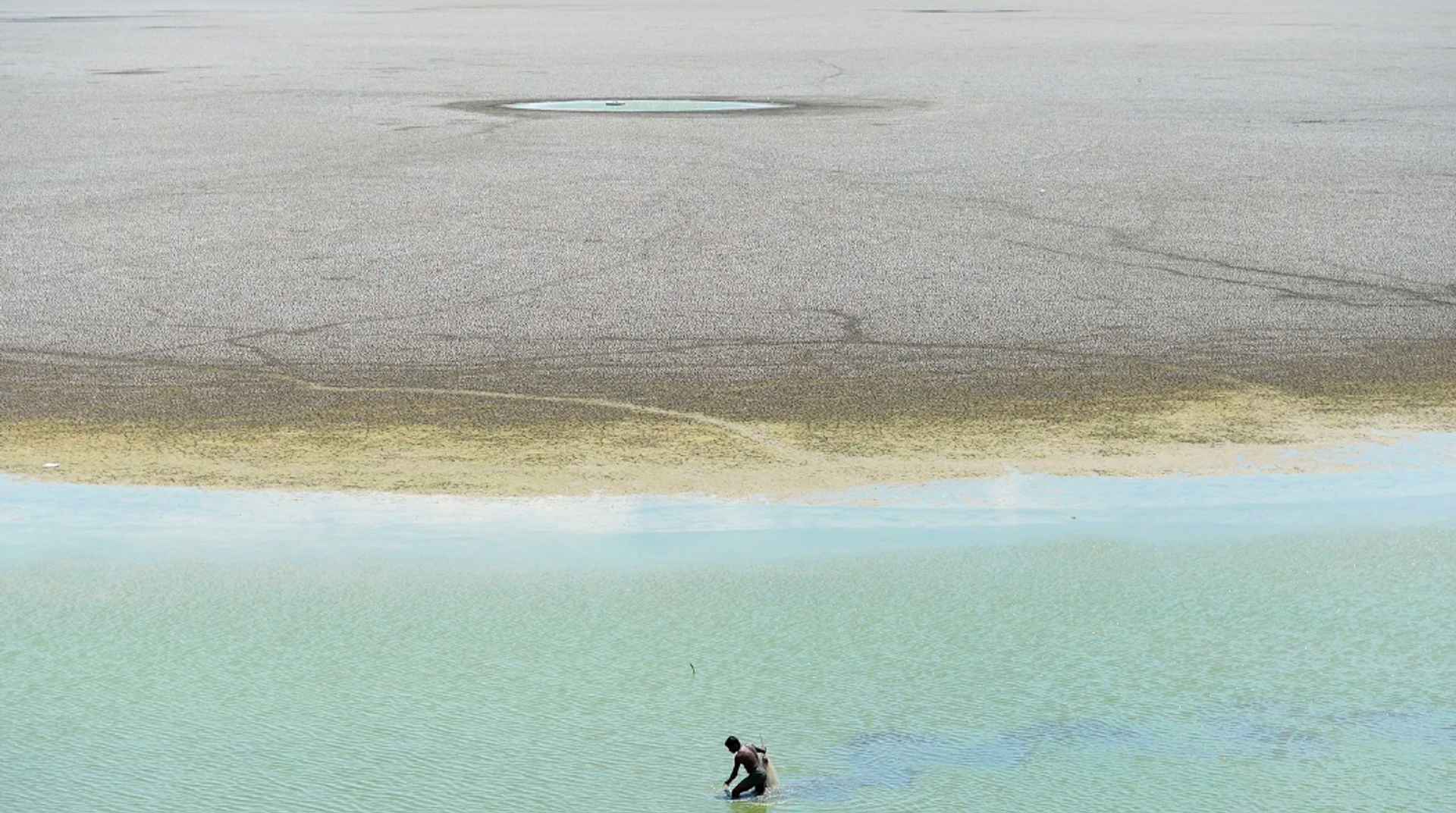
The dry bed of a reservoir on the outskirts of Chennai, India. Photograph by Arun Sankar, AFP
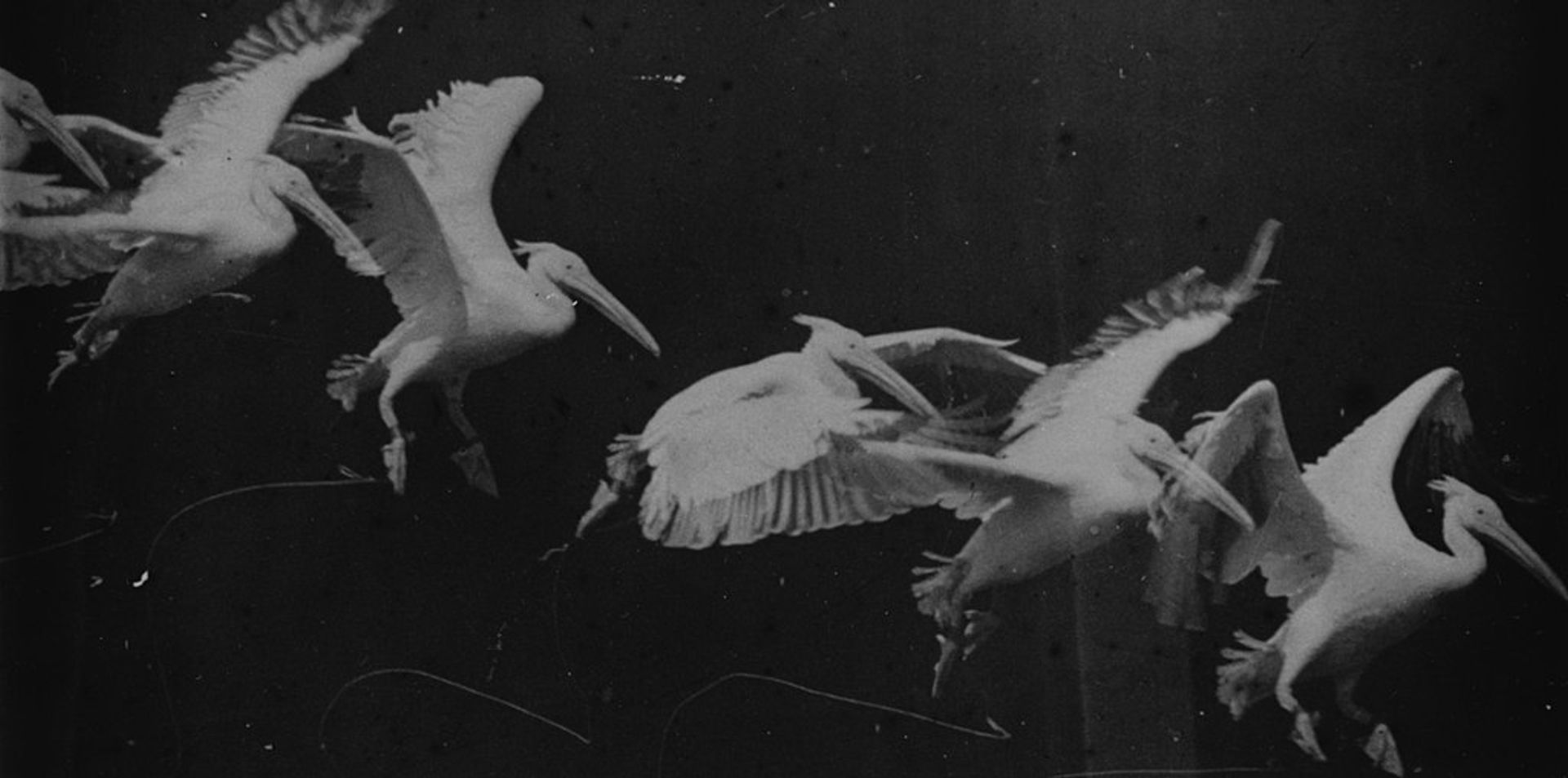
Flying pelican captured by Marey around 1882. He created a method of recording several phases of movement superimposed into one photograph
Video by Ankit Bhattacharjee
Snow Storm, Hannibal and his Army Crossing the Alps, J.M.W. Turner, 1812, Tate Britain, London
Photo by Kevin Christian
A deluge (1), 1517–1518, Leonardo da Vinci, Royal collection Trust, UK
A deluge (1), 1517–1518, Leonardo da Vinci, Royal collection Trust, UK
Natural water courses, drawing by MESURA
Studies of water (2), 1510–1512, Leonardo da Vinci, Royal collection Trust
Etienne Jules Marey, quatrième et dernière version de la machine à fumée, équipée de 57 canaux, 1901 Paris, Cinémathèque française
The Mississippi River meander maps designed by Army Corps of Engineers cartographer Harold Fisk
The dry bed of a reservoir on the outskirts of Chennai, India. Photograph by Arun Sankar, AFP
Flying pelican captured by Marey around 1882. He created a method of recording several phases of movement superimposed into one photograph
The Monsoon unfolds as an expedition into chaos, genesis, and devotion in a realm of faithful inhabitants. It ventures into a landscape where the forces of nature, scientific inquiry, religious convictions, and marvel unite in one of the planet's most awe–inspiring and stunning terrains. This is a non–linear process where natural cycles never stop happening, interfering with human processes of space production. This research is part of the development of the Indian Beach Houses project.

